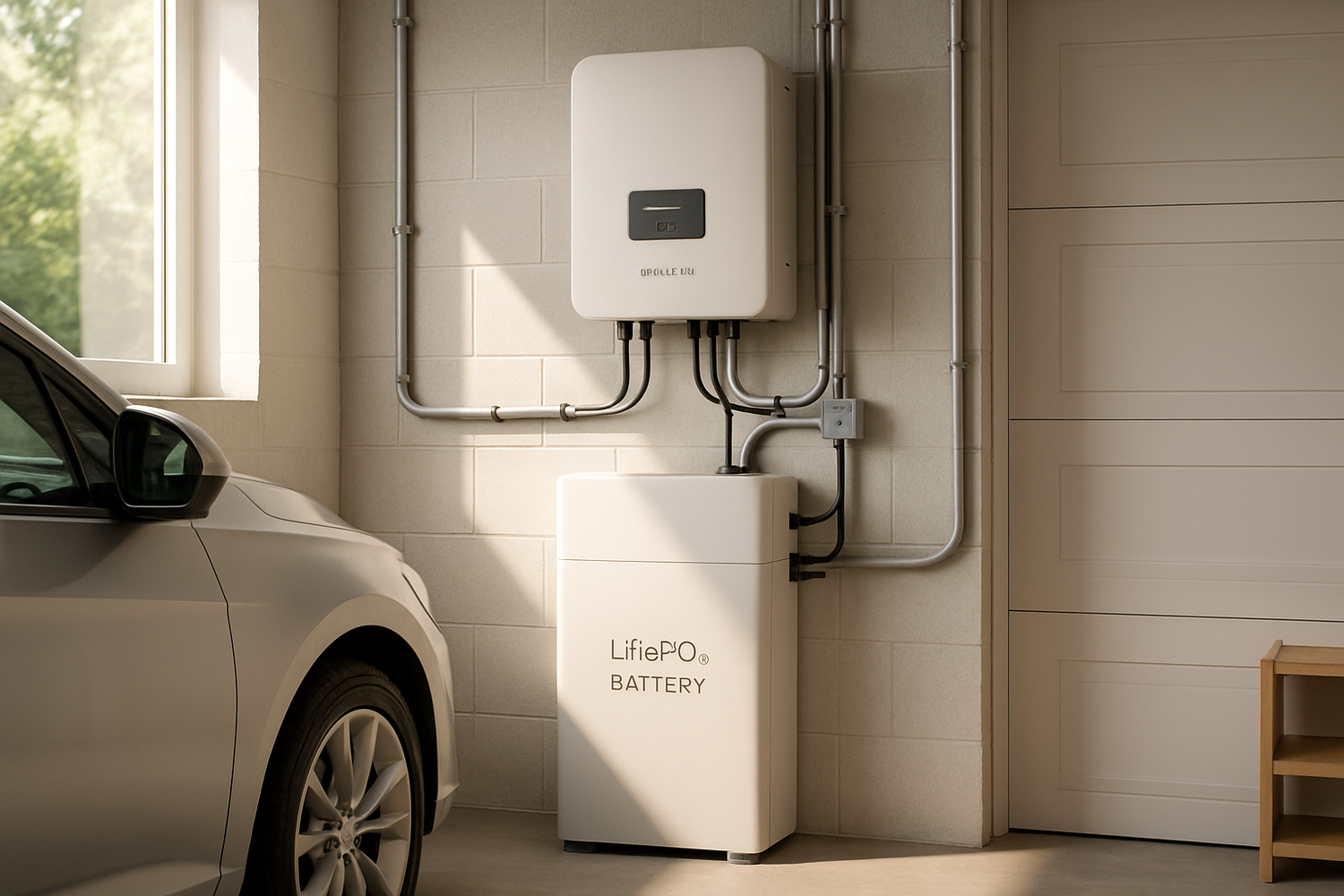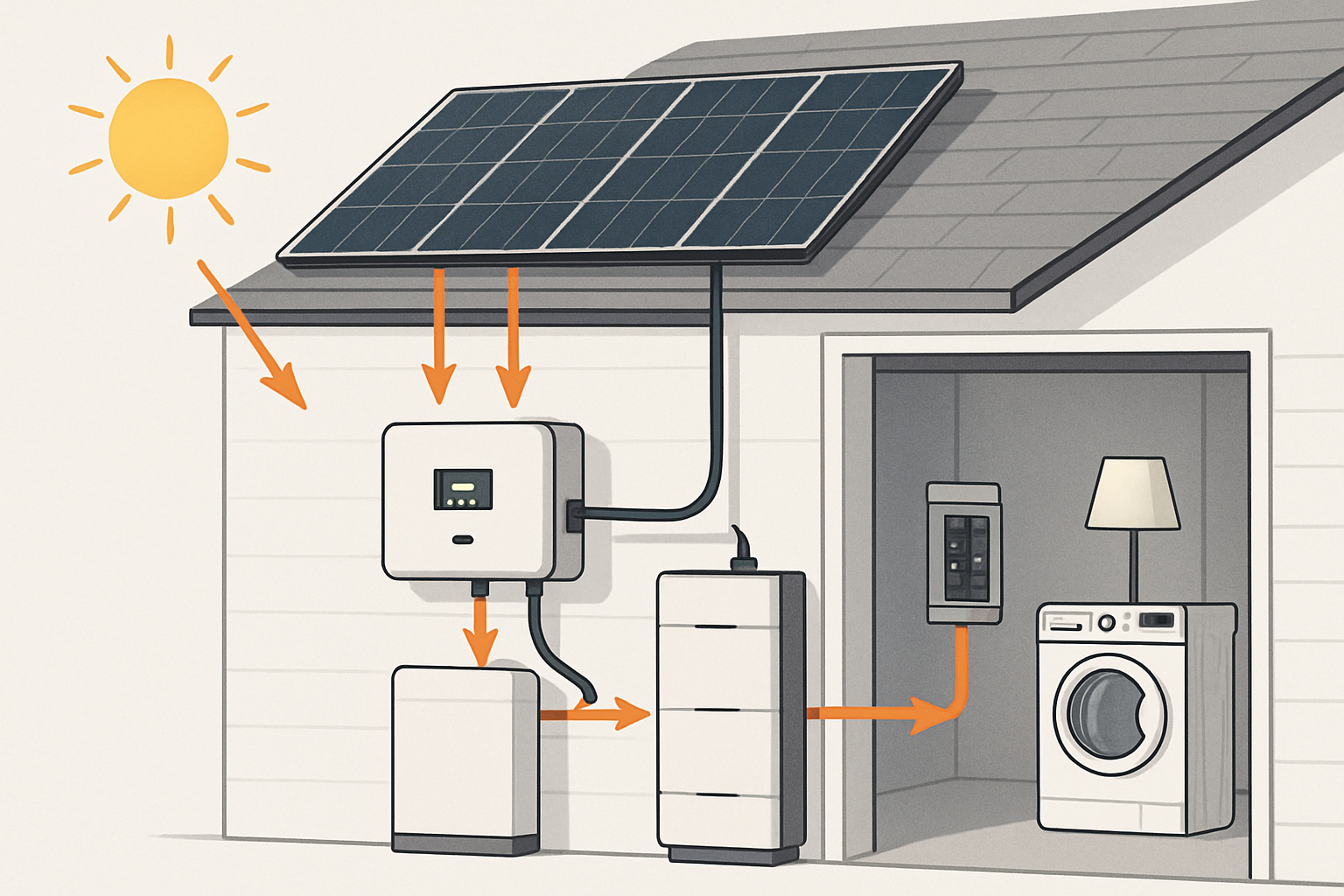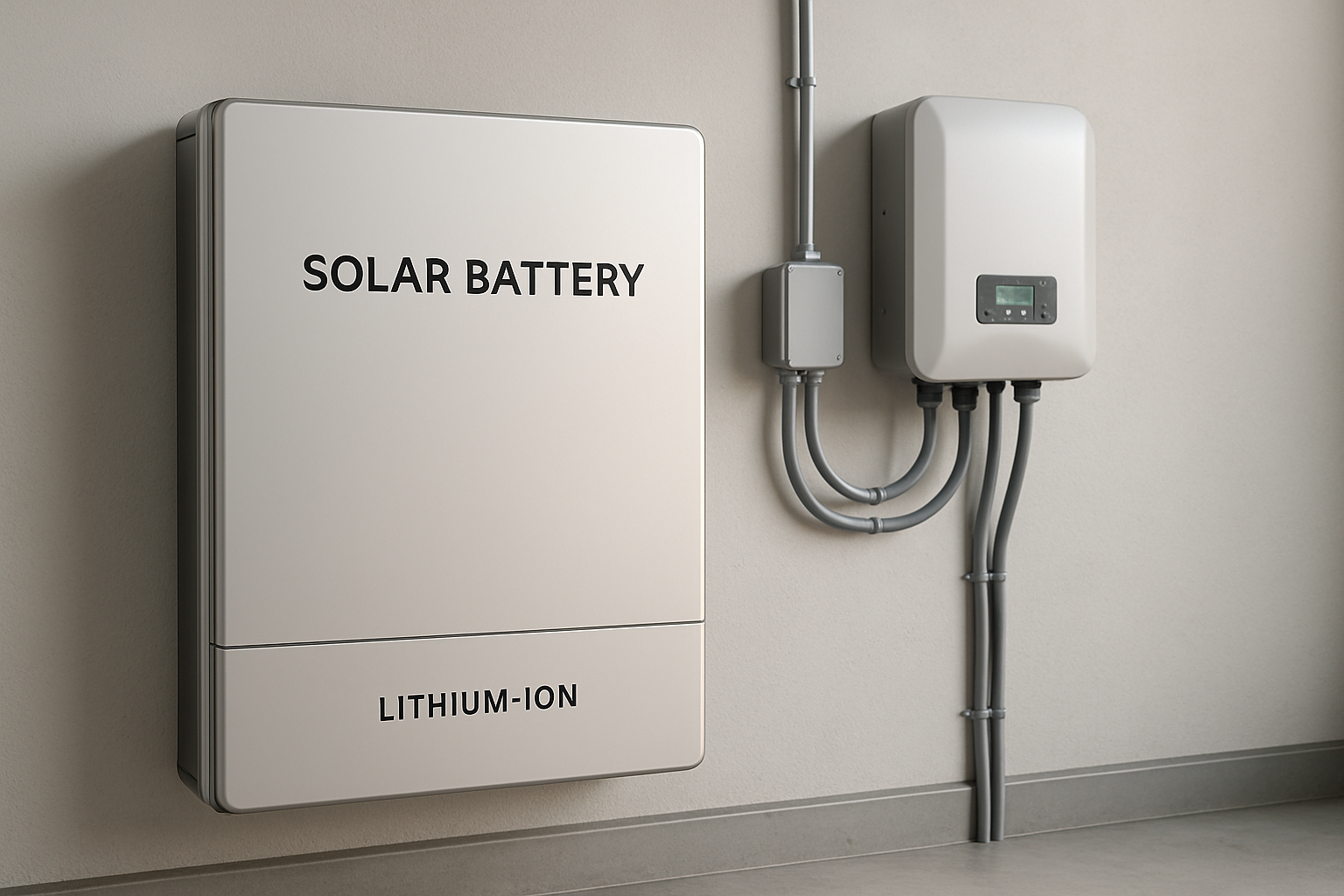The goal of true energy independence is becoming more attainable for homeowners and businesses. It represents freedom from unpredictable utility costs, protection from grid failures, and a commitment to sustainable power. At the center of this transition is the solar battery storage system, and the LiFePO4 battery pack has emerged as its most reliable core component. This technology provides a safe, durable, and efficient way to store solar energy, giving you control over your power day and night.
Integrating a LiFePO4 battery solar system moves you beyond simply generating power to actually managing it. You can store the excess energy your solar panels produce during the day and use it during the evening or on cloudy days. This maximizes your investment in solar and significantly reduces your reliance on the electrical grid, paving the way for a more resilient and cost-effective energy future.
Why LiFePO4 is the Core of Modern Solar Storage
Not all batteries are created equal. Lithium Iron Phosphate (LiFePO4) chemistry offers a unique combination of features that make it exceptionally well-suited for a residential or commercial solar battery storage system. Its advantages in safety, lifespan, and performance set it apart from other battery technologies.
Superior Safety and Stability
Safety is a primary consideration for any home energy system. LiFePO4 chemistry is inherently more stable than other lithium-ion variants. The phosphate-based cathode material provides strong molecular bonds, making the battery resistant to thermal runaway and overheating, even if punctured or overcharged. This chemical stability translates directly into peace of mind, ensuring your energy storage solution is safe for installation within your property.
Longevity and Cycle Life
A solar energy system is a long-term investment, and its battery should be as well. LiFePO4 batteries offer an exceptional cycle life, typically delivering between 4,000 and 8,000 charge-discharge cycles. This far surpasses traditional lead-acid batteries and many other lithium types. Furthermore, they can be regularly discharged to 80-100% of their capacity (Depth of Discharge or DoD) without significant degradation. This means you get more usable energy from a battery that lasts for well over a decade, providing a superior return on investment.
High Efficiency and Performance
Efficiency in a battery system is crucial for maximizing your solar energy. LiFePO4 batteries boast a round-trip efficiency of over 95%, meaning that very little energy is lost during the charging and discharging process. They also maintain a stable voltage output throughout the discharge cycle, ensuring your appliances receive consistent power. A deeper look at performance metrics, such as those outlined in this ultimate reference for solar storage performance, reveals how LiFePO4 technology consistently outperforms older chemistries in real-world conditions.
Designing Your LiFePO4 Solar Battery Storage System
A successful setup for solar battery storage requires careful planning. Proper system design ensures your LiFePO4 battery pack meets your specific energy needs, integrates seamlessly with other components, and delivers reliable performance for years to come.
Calculating Your Energy Needs
The first step is to conduct an energy audit to determine your daily electricity consumption. List all the appliances you intend to power, their wattage, and the number of hours you use them each day. This will give you a total daily energy requirement in watt-hours (Wh).
| Appliance | Power (Watts) | Daily Use (Hours) | Daily Energy (Wh) |
|---|---|---|---|
| Refrigerator | 150 W | 8 hours (cycling) | 1200 Wh |
| LED Lights (x5) | 50 W | 6 hours | 300 Wh |
| Laptop | 60 W | 5 hours | 300 Wh |
| Wi-Fi Router | 10 W | 24 hours | 240 Wh |
| Total Daily Need | 2040 Wh or 2.04 kWh |
This calculation helps you size your battery bank and solar array appropriately, ensuring you have enough stored power to meet your demands.
Selecting the Right Components
A complete solar battery storage system consists of several key parts working together:
- LiFePO4 Battery Pack: The heart of your system. Choose a voltage (e.g., 12V, 24V, or 48V) and capacity (in Amp-hours or kWh) based on your energy audit. Higher voltage systems are often more efficient for larger loads.
- Solar Panels: The power generators. The total wattage of your solar array should be sufficient to charge your battery pack fully while also powering your daytime loads.
- Solar Inverter: This device converts the DC electricity from your solar panels and battery into AC electricity that your home appliances can use. Hybrid inverters are a popular choice as they can manage power from solar panels, batteries, and the grid simultaneously.
- Charge Controller: A charge controller protects your battery from overcharging. An MPPT (Maximum Power Point Tracking) controller is recommended as it optimizes the power output from your solar panels, increasing charging efficiency by up to 30%.
System Configuration: Off-Grid vs. Hybrid
Your energy goals will determine the best system configuration. An off-grid system operates completely independently of the utility grid, relying solely on solar and battery storage. A hybrid system is connected to the grid, allowing you to draw power when needed but prioritizing the use of your own solar energy. According to a report from the International Renewable Energy Agency (IRENA), battery systems are key to balancing variable resources like solar, enabling very high shares of renewable energy in both grid-tied and off-grid applications.
The Practical Path to Energy Independence
Implementing a LiFePO4 battery pack is more than a technical upgrade; it is a practical step toward greater control, resilience, and sustainability. The benefits are tangible, affecting both your daily life and long-term financial planning.
Reducing Grid Reliance and Costs
The primary financial benefit is 'self-consumption'—using your own stored solar energy instead of buying it from a utility, especially during peak evening hours when electricity rates are highest. This strategy directly lowers your monthly bills. In some regions, homeowners can also avoid high demand charges. As noted in an IRENA innovation outlook, on-site batteries are used effectively to control and smooth out grid demand, helping users avoid costly utility fees.
Ensuring Power During Outages
Grid instability is a growing concern. A LiFePO4 solar battery storage system acts as an automatic backup power source. When the grid goes down, your system can seamlessly switch over to battery power, keeping critical loads like refrigerators, lights, medical equipment, and internet connections running without interruption. This provides invaluable security and comfort for your family.
Environmental and Long-Term Benefits
By maximizing the use of your solar energy, you minimize your carbon footprint. A LiFePO4 battery pack allows you to use clean energy around the clock, not just when the sun is shining. This aligns with broader efforts to build more resilient communities. The Energy Transitions Initiative Partnership Project, supported by the U.S. Department of Energy, highlights how renewable technologies like solar and battery storage are fundamental to enhancing local energy resilience and security.
A Forward-Looking Power Solution
Adopting a LiFePO4 battery pack is a definitive move toward managing your own energy resources. The combination of advanced safety, extended lifespan, and high efficiency makes it the ideal foundation for a modern solar storage system. A well-planned setup not only prepares you for power outages and reduces utility costs but also empowers you with true energy independence. By investing in this technology, you are building a more resilient, sustainable, and self-sufficient power solution for the future.
Frequently Asked Questions
How long does a LiFePO4 battery pack last?
A LiFePO4 battery pack is designed for longevity. It typically provides between 4,000 to 8,000 charge and discharge cycles. Depending on usage patterns, this can translate to a lifespan of 10 to 20 years. Their low self-discharge rate also means they can hold a charge for long periods without significant loss.
Can I add more batteries to my system later?
Yes, scalability is a significant advantage of LiFePO4 battery systems. You can often expand your energy storage capacity by adding more batteries in parallel. It is important to use batteries of the same model, age, and voltage. Always consult the manufacturer's guidelines to ensure proper and safe expansion.
What maintenance does a LiFePO4 battery require?
LiFePO4 batteries are virtually maintenance-free. Unlike traditional lead-acid batteries, they do not require fluid top-ups or equalization charges. Routine maintenance involves visually inspecting connections to ensure they are clean and tight and monitoring the system's performance through its software interface.
Is a LiFePO4 battery pack safe for home use?
Yes. The stable chemistry of Lithium Iron Phosphate makes it one of the safest battery technologies available for residential applications. It has excellent thermal stability, which makes it highly resistant to overheating. This inherent safety is a key reason it has become the preferred choice for a home solar battery storage system.





Leave a comment
All comments are moderated before being published.
This site is protected by hCaptcha and the hCaptcha Privacy Policy and Terms of Service apply.